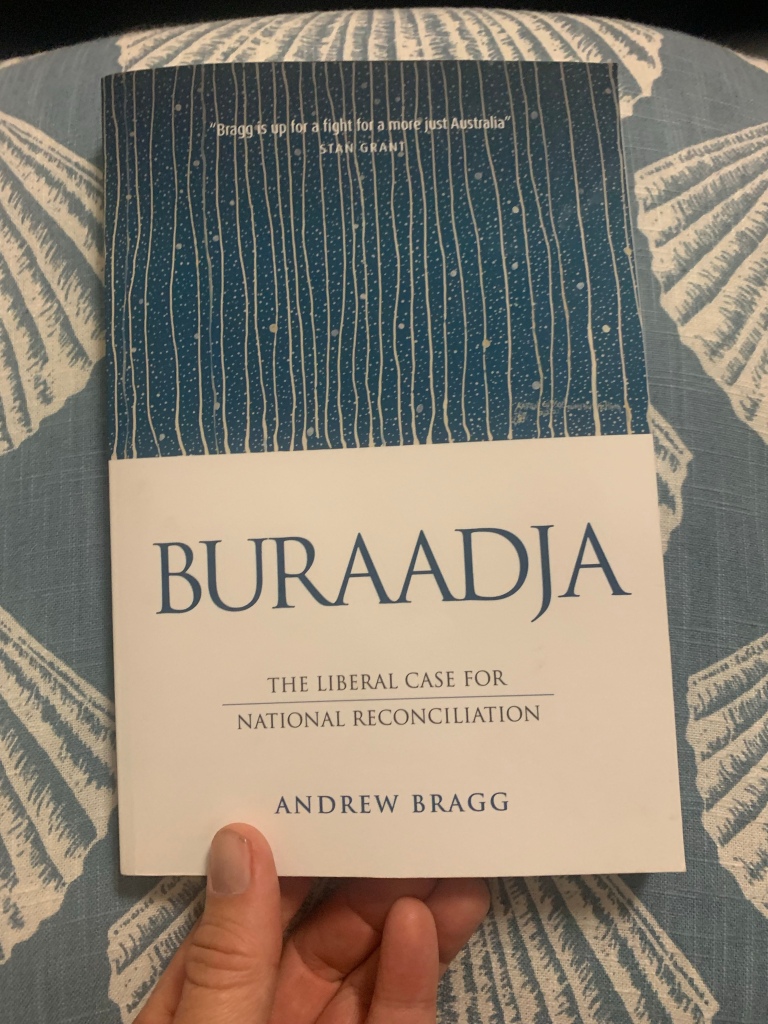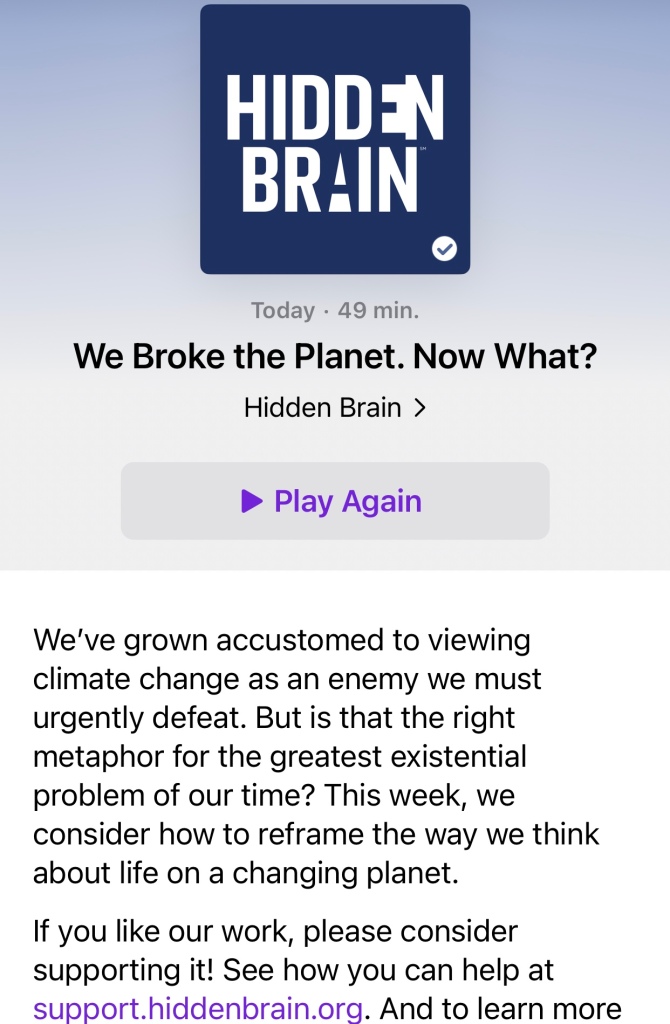A Rare Podcast at 30 Below Zero — Sue Flood on Antarctica, Making Your Own Luck, Chasing David Attenborough, and Reinventing Yourself
https://podcasts.apple.com/au/podcast/the-tim-ferriss-show/id863897795?i=1000549280466
This is a @timferriss podcast which has a good story related to #geography. Sue Flood’s story as a photographer in her own right, spending 11 years working on David Attenborough programs, is really interesting. Likewise, interesting because the location of the interview is in a tent on Antarctica with the sound of penguins in the background.
But this is not the story I want to share.
Sue made an interesting commentary as follows.
- A volcanic eruption (#lithosphere) in Tonga.
- The impact was to spread a cloud of dust into the #atmosphere.
- This trapped heat in the atmosphere temporarily increased the temperature on the earth surface.
- This extended the summer season in the North Pole.
- The freezing of the ice caps was delayed by 3-4 weeks (#hydrosphere)
- Polar Bears had an extra 3-4 weeks diving into the Arctic seas getting food into their system to manage the four months of not eating. (#biosphere)
- Scientists discovered that the Polar Bears were heavier, breeding increased and the young polar bears were healthy.
This story reality caught my attention. I thought if I I could tell it correctly it would engage the students. This week I have relayed the story to my classes, teachers and even parents. From the feedback it did engage the listeners and generated interest in the subject.
Listening to this podcast gave me an opportunity to share stories of geography from the perspective of #geographers. In this case bringing together an example of biophysical interactions.


